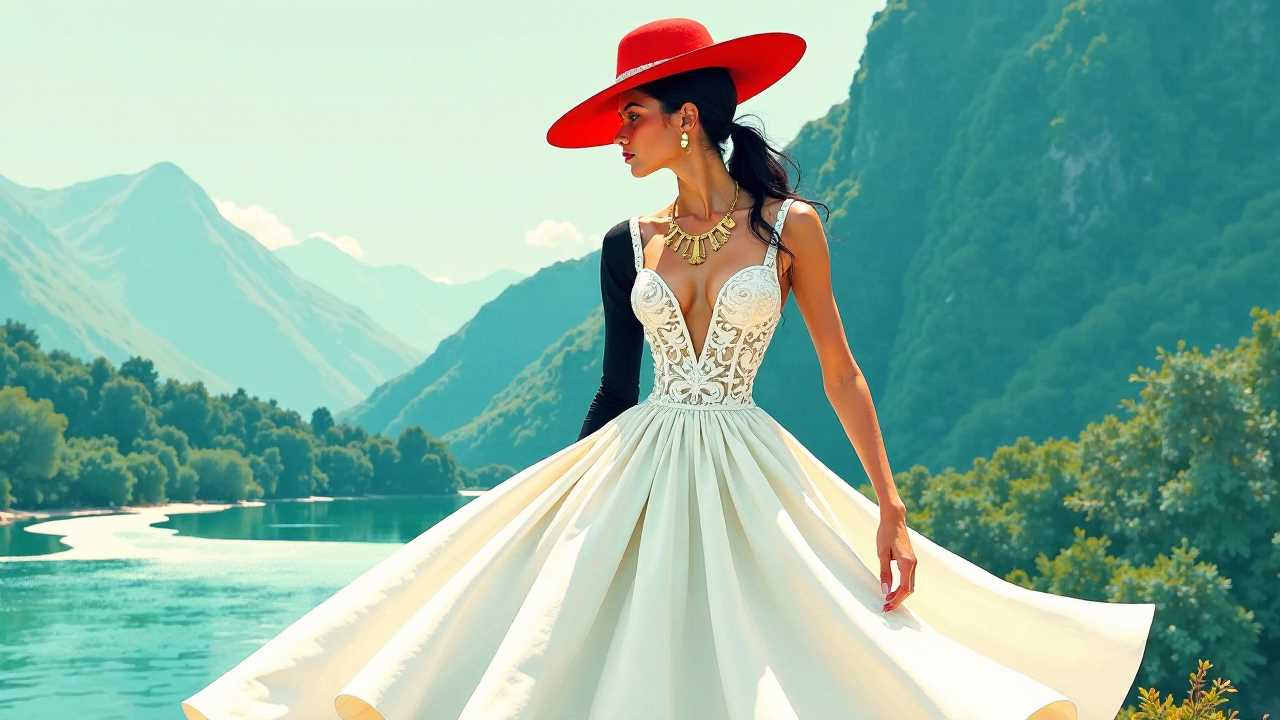
The Art of Fashion Illustration
Fashion illustration is not merely a representation of clothing; it is an artistic expression that encapsulates the essence of style and the intricate details of design. This unique form of art has evolved over the years, adapting to the changing dynamics of the fashion industry while maintaining its core purpose: to convey the beauty and creativity inherent in fashion. Through the use of aesthetic fabrics and innovative techniques, fashion illustrators breathe life into their creations, allowing viewers to appreciate the subtleties of couture and the latest trends.
Understanding Style in Fashion Illustration
Style is a fundamental aspect of fashion illustration. It reflects the personality of the designer and the mood of the collection. Illustrators often employ various techniques to convey different styles, whether it be minimalist, bohemian, or avant-garde. The choice of colors, lines, and textures plays a significant role in defining the overall aesthetic. By skillfully combining these elements, fashion illustrators create pieces that resonate with the viewer, evoking emotions and inspiring admiration.
The portrayal of style in fashion illustration is not limited to clothing alone. Accessories, hairstyles, and even the setting contribute to the overall narrative. For instance, a couture gown illustrated against a backdrop of a glamorous event can enhance the perception of luxury and exclusivity. This interplay between style and context is what makes fashion illustration a powerful tool for storytelling.
The Role of Design in Fashion Illustration
Design is at the heart of fashion illustration. It encompasses the structural elements of clothing, including silhouette, proportion, and detailing. Fashion illustrators must possess a keen understanding of design principles to accurately depict garments. This knowledge allows them to highlight the unique features of each piece, whether it be the intricate stitching of a couture dress or the flowing lines of a trendy jumpsuit.
Moreover, the design process in fashion illustration often involves collaboration with designers. Illustrators work closely with fashion houses to translate their vision into visual representations. This collaboration ensures that the final illustrations align with the designer's intent while also capturing the attention of potential buyers. The synergy between design and illustration is vital for creating compelling visuals that stand out in a competitive market.
Capturing Couture Trends
Couture trends are ever-changing, influenced by cultural shifts, technological advancements, and societal norms. Fashion illustration serves as a mirror to these trends, showcasing the latest innovations in fabric, cut, and style. Illustrators play a crucial role in documenting these trends, providing a visual archive that reflects the evolution of fashion.
To effectively capture couture trends, illustrators must stay informed about the latest developments in the industry. This involves attending fashion shows, studying collections, and analyzing consumer behavior. By understanding what resonates with audiences, illustrators can create pieces that not only reflect current trends but also anticipate future movements.
The Aesthetic Appeal of Fabrics
Fabrics are the lifeblood of fashion illustration. The choice of material can dramatically alter the perception of a design. Illustrators often experiment with different textures and patterns to convey the tactile qualities of fabrics. Whether it’s the luxurious sheen of silk, the structured form of denim, or the delicate drape of chiffon, each fabric tells a story.
Incorporating aesthetic fabrics into illustrations enhances their visual impact. By using techniques such as shading, layering, and color blending, illustrators can simulate the appearance of various materials. This attention to detail not only elevates the artwork but also provides insight into the garment's potential wearability and appeal.
The Future of Fashion Illustration
As technology continues to advance, the landscape of fashion illustration is evolving. Digital tools and software have opened new avenues for creativity, allowing illustrators to experiment with styles and techniques that were previously unattainable. The rise of social media has also transformed the way fashion illustrations are shared and consumed, enabling artists to reach a global audience.
Despite these changes, the core principles of fashion illustration remain unchanged. The ability to convey style, design, and the essence of couture through artistic expression will always be valued. As we look to the future, it is essential for illustrators to adapt to new trends while staying true to their artistic vision.
Fashion illustration is a dynamic and multifaceted art form that captures the essence of style, design, and couture trends through the use of aesthetic fabrics. By understanding the intricate relationship between these elements, illustrators can create compelling visuals that resonate with audiences and reflect the ever-changing landscape of fashion. As we continue to embrace innovation and creativity, fashion illustration will undoubtedly remain a vital part of the fashion industry, inspiring future generations of artists and designers alike.
 SportsHollywoodLifestyleFashionHome & GardenTrendsPrivacy PolicyTerms And Conditions
SportsHollywoodLifestyleFashionHome & GardenTrendsPrivacy PolicyTerms And Conditions
